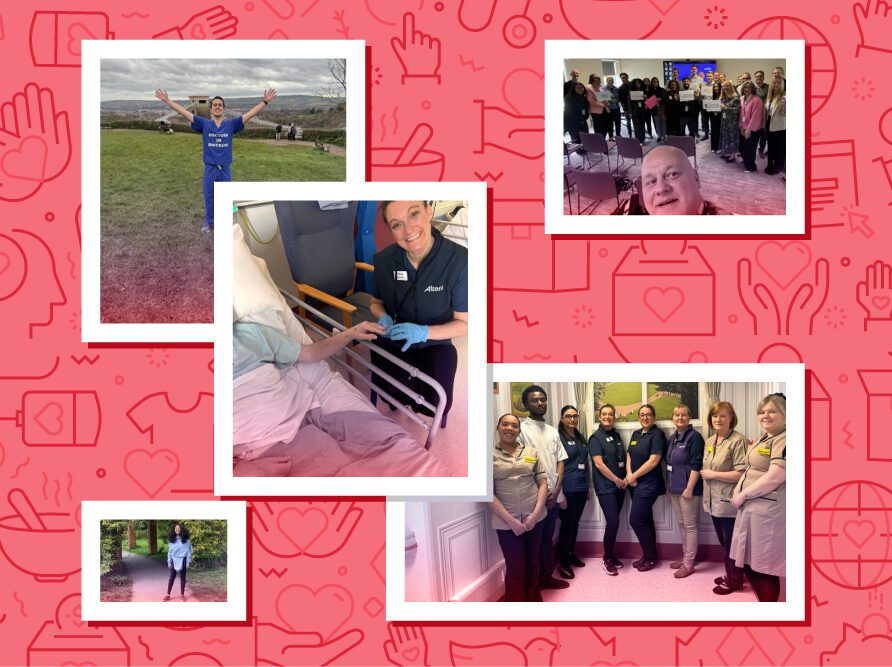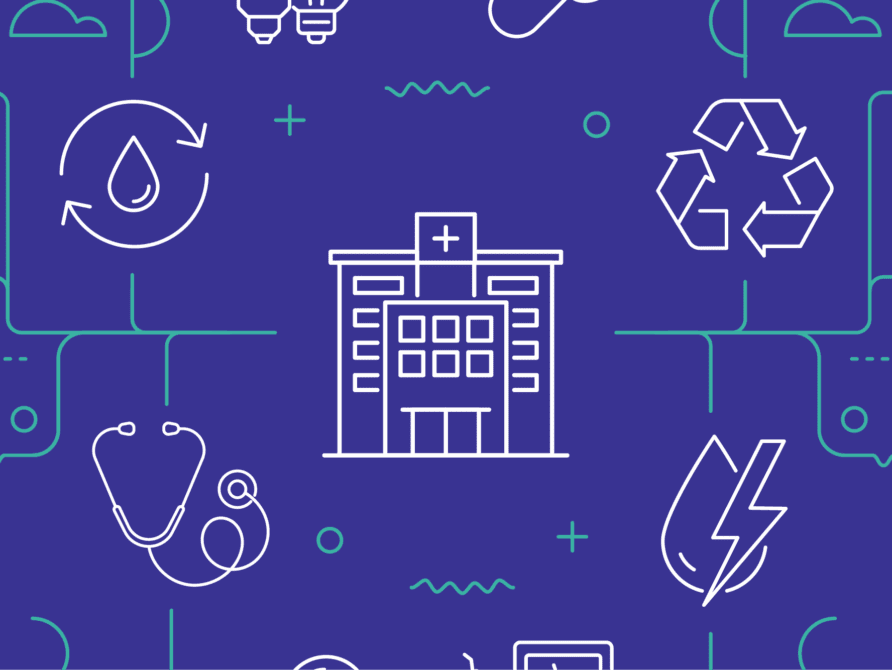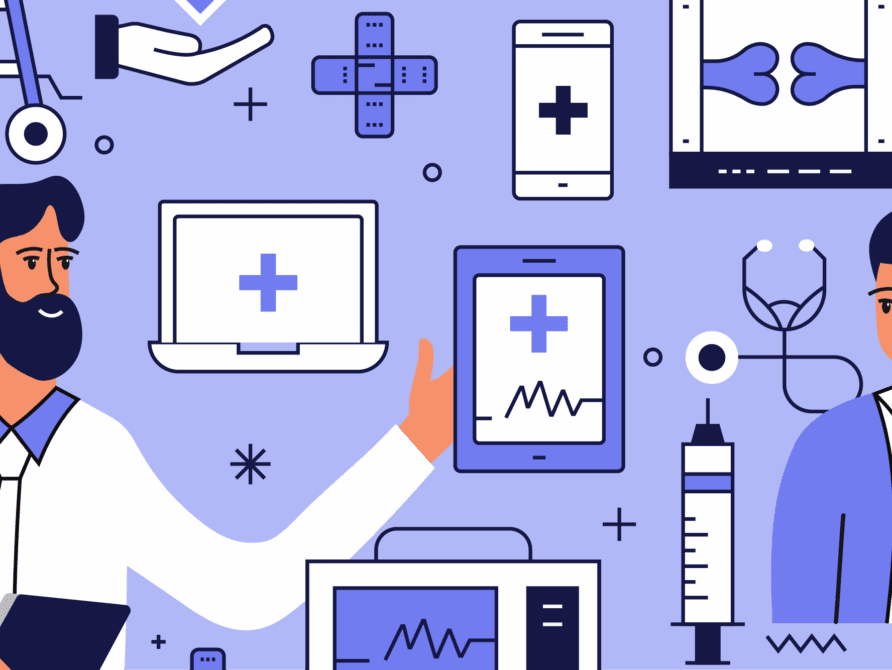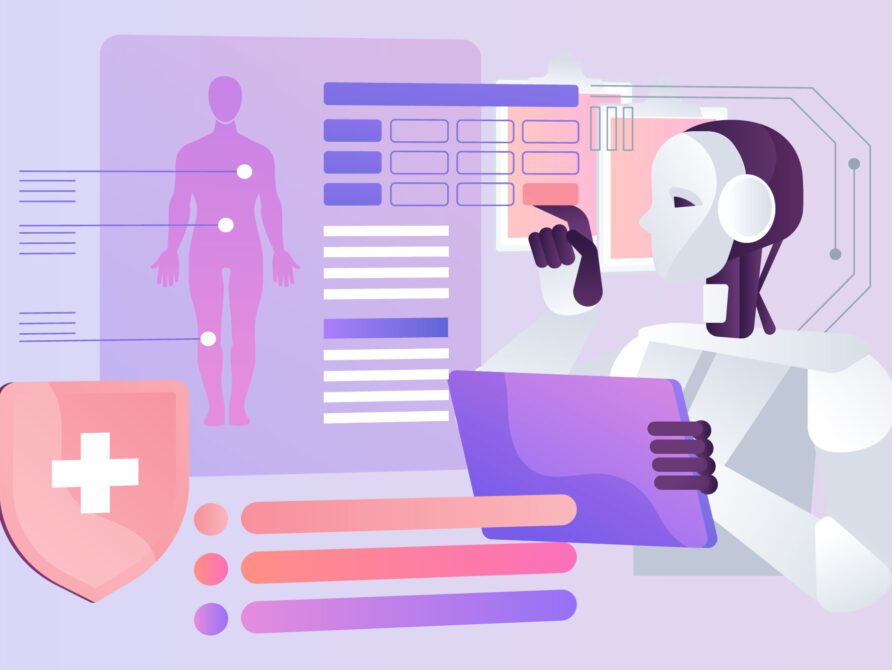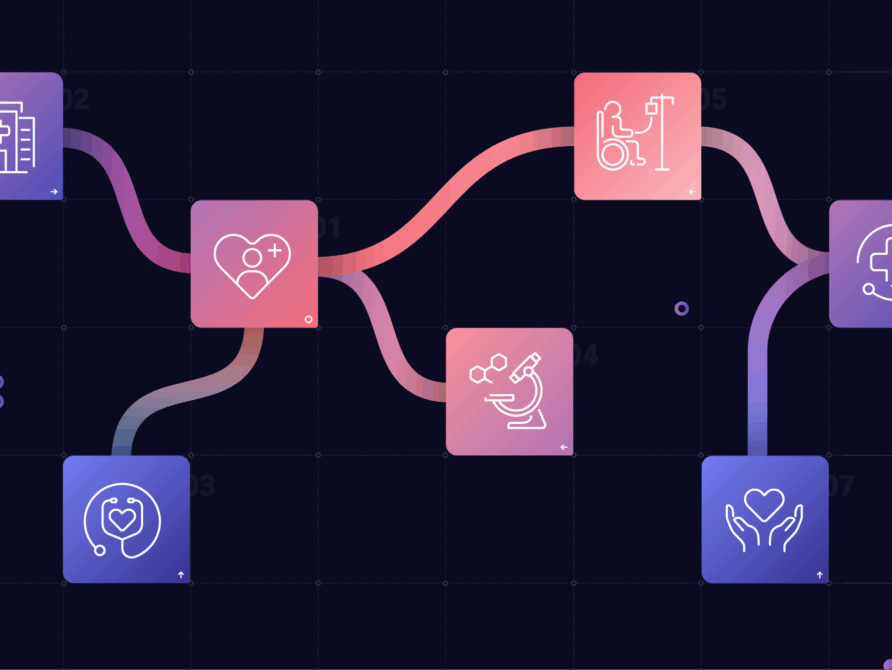Article
Digital transformation of a rural Australian health alliance
* This content was originally published prior to N. Harris Computer Corporation’s 2022 acquisition of the Allscripts Hospital and Large Physician Practice business segment. Our business is now known as Altera Digital Health.
Grampians Rural Health Alliance (GRHA) worked collaboratively to implement a single shared solution with agreed scope, benefit profile and planned ongoing regional governance.
In partnership with its lead agency, Ballarat Health Services (BHS), GRHA expanded the existing clinical information system (BOSSnet) in use at BHS to an additional nine health services across a 48,000-square-km region.
As a result of GRHA’s remarkable achievement, both identified and unplanned benefits are being realized, including contribution to improved continuum of care and best possible clinical outcomes for patients.
The project’s mission
The goal was to achieve an integrated, shared electronic medical record (EMR), both within multi-campus agencies and more broadly between health services within the Grampians region. A new system would enable clinical staff to access patient medical record data and move towards paperless documentation and ensure the best possible outcome for patients.
Solving a critical issue
Access to this data between wards, emergency departments, and community and residential services was minimal due to disparate paper-based systems, lack of integrated clinical information, and remote geographical facility locations. Better access to data helps GRHA achieve more efficient and effective bed management and patient flow for all agency health services.
Overcoming key challenges
The key challenges of this project related to the complexities of creating a shared technical/business platform that effectively supported multi-agency use of a single database.
To solve this, a total infrastructure upgrade was completed, including moving the database to SQL 14, migrating the EMR to new Nimble storage and updating all web servers. There were also application changes, including a shared or virtually merged patient record view when records exist for an individual patient at multiple different agencies.
Interfacing requirements to support the project were significant with nine Patient Administration Systems integrated whilst retaining total separation of patient numbering and episode data to the source agency.
Describing this complex process:
- Each ran its own patient master index, patient identifier system
- There were multiple vendors and no co-ordination between any of the agencies
- The implementation allows all sites to retain these systems with no changes to process, and BOSSnet integrated the disparate systems into a single clinical view of the patient.
This allows for the potential of the same unit record number (URN) to be in use at different agencies for different patients. Pathology and Radiology Interfacing from four different providers was implemented with data for multiple agencies coming into the system through the same interface.
How the project was achieved
The central GRHA project team worked with each agency to understand their medical record workflows, develop the resources required for the system configuration, implementation, end user training and system testing. They also worked with clinical groups across the region to develop regionally agreed templates for electronic documentation in the outpatient/community and inpatient setting.
The importance of collaboration
The collaboration required to achieve this should not to be underestimated and was a key factor in the success of the project. With multiple organizations using the same database, it was imperative to reach region-wide agreement on several key issues, such as naming conventions, key performance indicators related to scanning, behaviour of the shared record, and a common patient data privacy policy.
The final result
There is now a shared electronic medical record in the Grampians Region. Clinical staff have access to patient medical record data (eForms, scanning, images, video) including radiology and pathology results and patient alerts across all ten agencies.
Individual Healthcare Identifier polling (IHI), which is a unique number that is allocated to individuals who are receiving healthcare services in Australia, is enabled for all agencies within BOSSnet and this is the cornerstone for the virtually merged record, as well as allowing access to the My Health Record (which is the online summary of an individual’s key health information in Australia). A new electronic Discharge Summary based on the new national guidelines is also in the final stages of testing with the capability to upload to the My Health Record.
Why this project was unique
It’s not easy to implement a single shared solution across a large geographic region comprising 10 separate health services with 28 disparate facilities. The Enterprise Patient Master Index (EMPI) capability of BOSSnet is a key product feature that maintains accurate medical data across departments. Patients are assigned a unique identifier, so they are represented only once across all the organization’s systems. We have created the foundations and structure to enable more collaborative work. Identified and unplanned benefits are being realized, including contribution to improved continuum of care and best possible clinical outcomes for patients.
GRHA was one of five finalists selected out of over 200 submissions to compete for the Best Digital Transformation Project at the 2019 Australian Healthcare Awards. To learn more about the project, read the success story.




